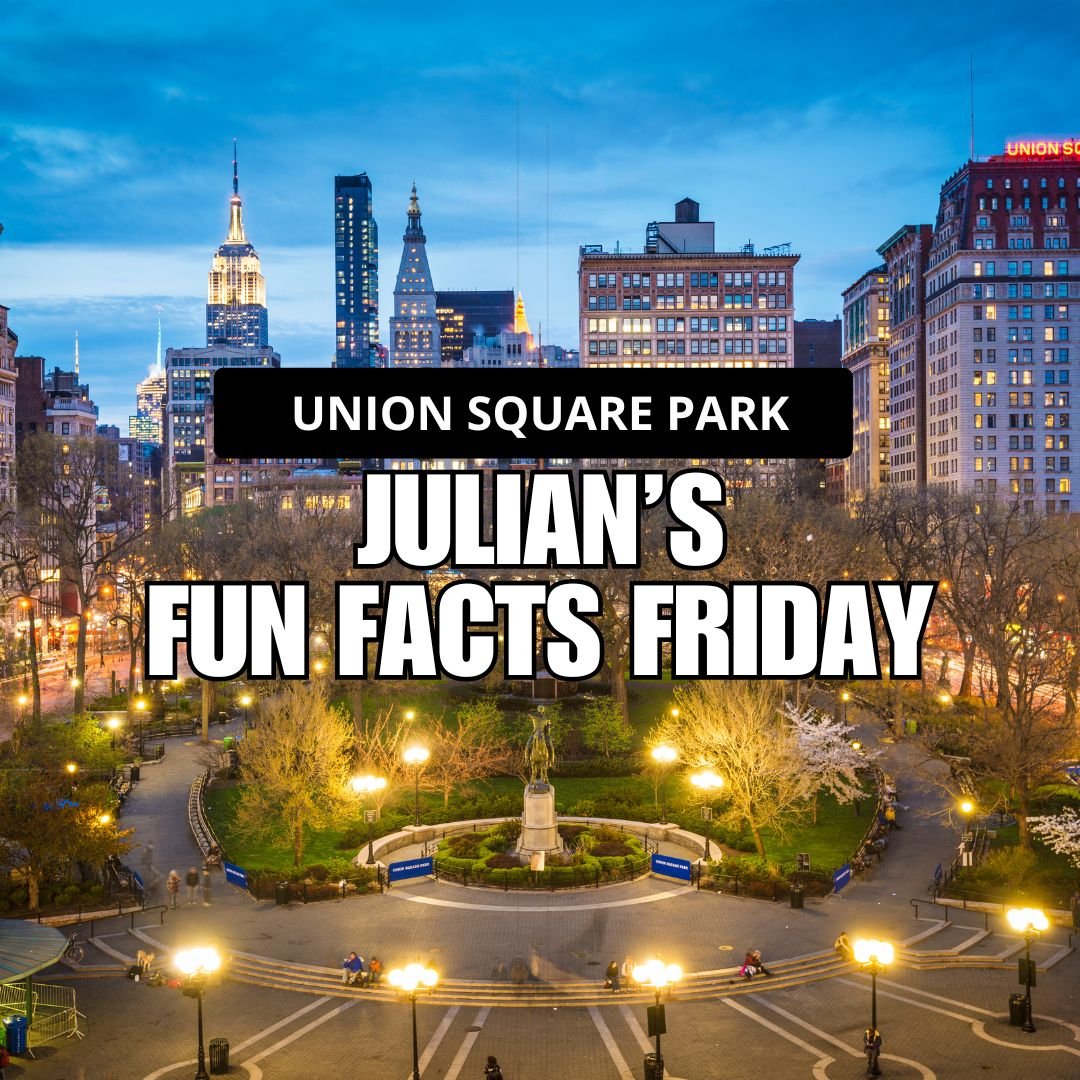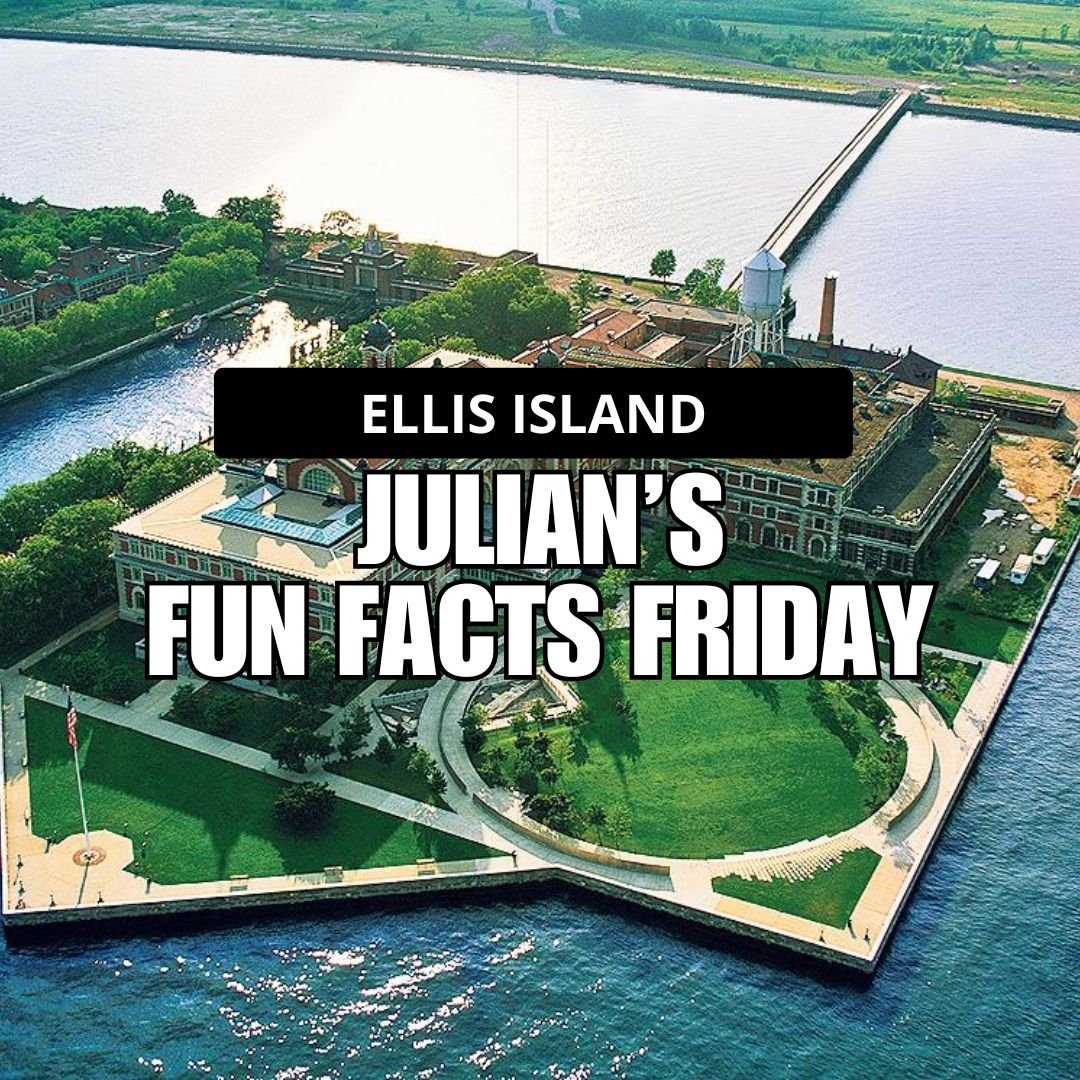Did you know? Union Square didn’t get its name from the Civil War — it comes from the “union” of Broadway and Fourth Avenue (formerly Bowery Road). Born from a city planning challenge, the acute intersection stumped 19th-century designers until they turned it into a public square in 1839. Before that? It was a potter’s field — a public burial ground.
But Union Square didn’t just stay a pretty park.
In 1882, it hosted America’s very first Labor Day parade, where over 10,000 workers marched for fair wages and working hours.
It features New York’s first public statues after the Revolution, including George Washington (1856) and Abraham Lincoln (1868).
From 1917 to 1920, the Navy built a full-size wooden battleship, the U.S.S. Recruit, right in the middle of the square as a recruitment tool.
It was one of the first areas in New York City to be electrified, lighting up in 1881.
In 1970, it was the site of the first Earth Day celebration.
It has long been a hotbed for protest movements—labor, LGBTQ+, feminist, anarchist—you name it.
And it’s still known today for its vibrant chess scene, active Greenmarket, and mysterious underground subway relics.
Since 1999, the digital art installation Metronome has been confusing visitors with a clock that shows both the current time and how many hours remain in the day.
From burial ground to epicenter of activism and innovation, Union Square has always been at the heart of New York City’s story.
Which fact surprised you the most? Let me know in the comments.



